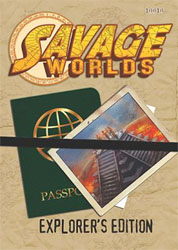Pit traps are as old as the game itself, and their iconography is familiar to anyone who’s spent time gazing at dungeon maps. A little less familiar, perhaps, is the symbol for an open pit, but it’s not exactly a stranger to the dungeon, either.

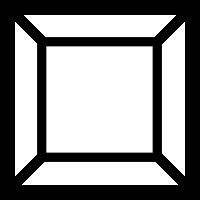
If you’re in need of a circular pit, it’s pretty easy to modify these familiar symbols to suit:
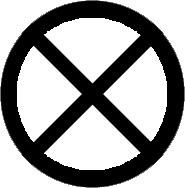
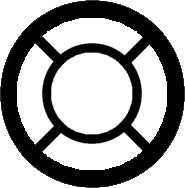
This leads us pretty comfortably to a discussion of trapdoors which are designed to be traversed (usually taking you to another level of the complex). These, too, have an established iconography:
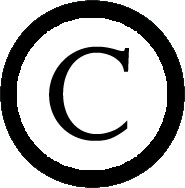
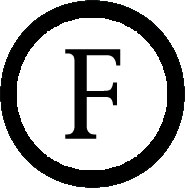
With “C” indicating a trapdoor in the ceiling and “F” indicating a trapdoor in the floor.
But here things get a little confused, because you will also find some maps keying the “C” to mean “concealed trapdoor”. (Which matches the use of “C” to indicate concealed doors in general.) This matches the use of an “S” to consistently mean both “secret trapdoor” and “secret door”:
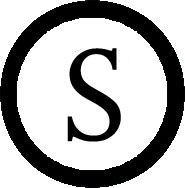
So what I’m going to suggest is that our map symbols for trapdoors instead look like this:
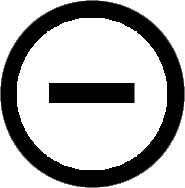
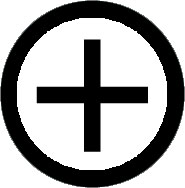
And it’s now relatively simple to use “S+”, for example, to indicate a secret trapdoor going up. Or even a +/- to indicate trapdoors in both the floor and ceiling at the same spot.
The other argument for this is that it conveniently matches the UIS’s key for indicating the difference between pits in the floor and chimneys in the ceiling:
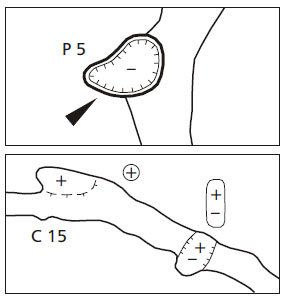
Which looks pretty useful to me.
Final thought: Would it be useful to indicate the depth of a pit?
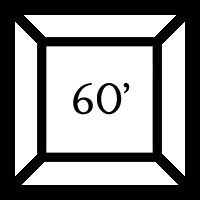
The meaning seems fairly clear, but it might be muddier if we were dealing with a closed pit. What if we invert our symbol for ceiling height and use it to indicate depth?
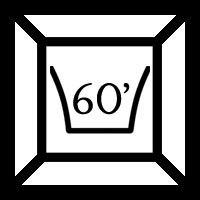
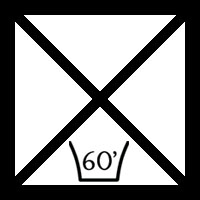
It looks perhaps a trifle redundant on the open pit, but I’m guessing the consistency of iconography is worth it. Particularly since this same design can be used for pits and chimneys as desired.
And as a bonus, here’s a thought on indicating a spiked pit:

What other common features do pits have that it might be useful to include on the map?
This post is part of the RPG Blog Carnival for Cartography.

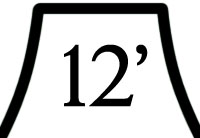
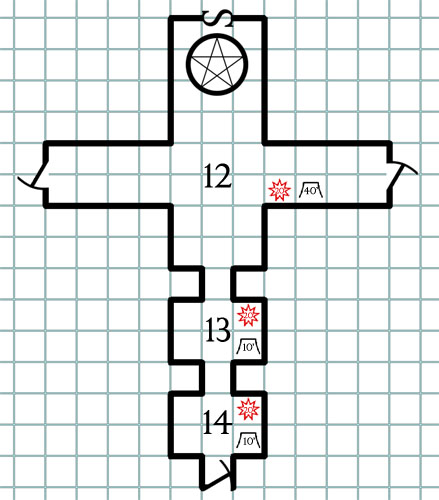
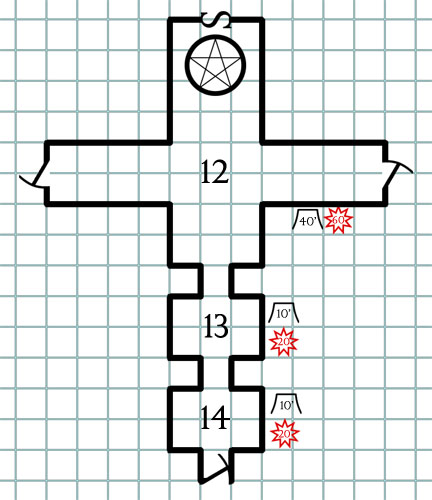
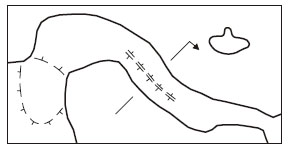
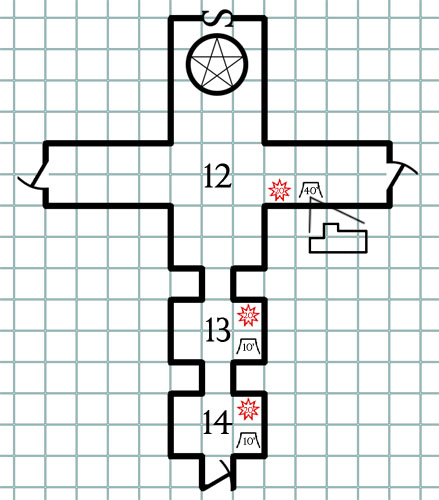
 If you’ve got a couple seconds, I’d much appreciate your electoral muscle.
If you’ve got a couple seconds, I’d much appreciate your electoral muscle.